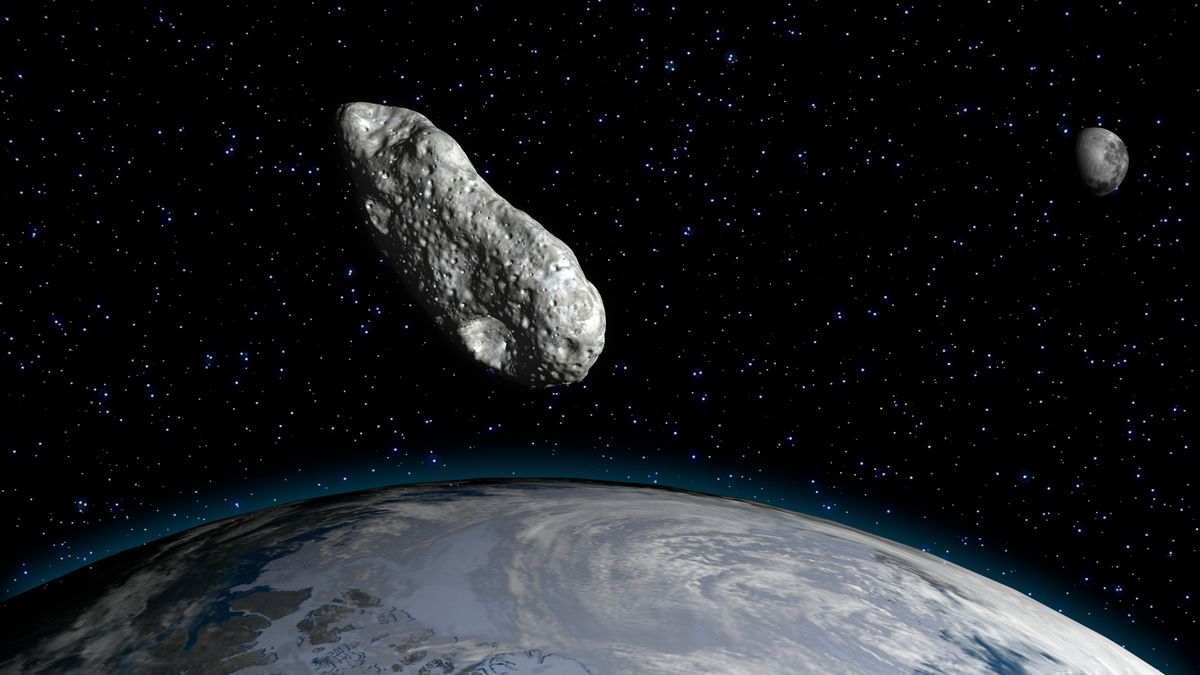 Read more: Found here
Read more: Found hereHeadlines:
• "Astronomers Detect Rare 'Fossil Galaxy' in Distant Regions of the Universe" - Discovery of ancient galaxy provides insights into early cosmic evolution. • "Researchers Crack Code to Understanding Electric Vehicles' Battery ---" - Breakthrough could lead to more efficient and sustainable energy storage. • "Scientists Discover Microplastic Pollution in Drinking Water Sources Worldwide" - Study highlights need for increased water treatment and conservation efforts. • "NASA's Parker Solar Probe Uncovers New Insights on Solar Wind" - Findings could improve space weather forecasting and protect Earth from solar radiation. • "New Species of Ancient Human Discovered in the Philippines" - Discovery sheds light on human migration and evolution. • "Researchers Develop Breakthrough Brain-Computer Interface" - Technology could enable people with paralysis to control devices with their minds. • "Study Reveals Link Between Air Pollution and Increased Risk of Dementia" - Findings highlight importance of reducing air pollution for public health. • "SpaceX's Starlink Satellite Internet Services Launch Worldwide" - Initiative aims to bring fast and reliable internet to underserved communities.
A minimoon is an object ⁘normally an asteroid ⁘ that temporarily gets captured by Earth's gravity and orbits our planet for a short period, usually for less than a year. Minimoons should not be confused with " quasi-moons ," which are similar objects to minimoons that orbit the sun alongside Earth for years and occasionally circle our planet, but they are not properly orbiting us.
In early September, researchers discovered a new asteroid, 2024 PT5, approaching Earth and realized it would get stuck in a temporary orbit around our planet from Sept. 29 to Nov. 25 . The space rock is around 33 feet (10 meters) wide, meaning it is too small to be visible to the naked eye . It will have completed around one - quarter of a full orbit around Earth by the time it leaves us, at a distance of up to 2.3 million miles (3.7 million kilometers) from our planet ⁘ or around 9.5 times the distance between Earth and the moon .
Astronomers believe that 2024 PT5 belongs to a small group of asteroids known as the "Arjunas," Laura Nicole Driessen , a researcher in radio astronomy at the University of Sydney, wrote in The Conversation . However, the origin of these space rocks is currently unclear.
In the new study, uploaded Nov. 13 to the preprint server arXiv , a team of researchers including the two who initially discovered the mini-moon analyzed new observational data for 2024 PT5, which was captured by a pair of telescopes in the Canary Islands. They found that the light coming from the space rock looked remarkably similar to "lunar ejecta" ⁘ material from the moon that is catapulted into space when the satellite gets pounded by meteorites. They also found that the minimoon likely spins about its own axis completely once every hour.
No comments:
Post a Comment